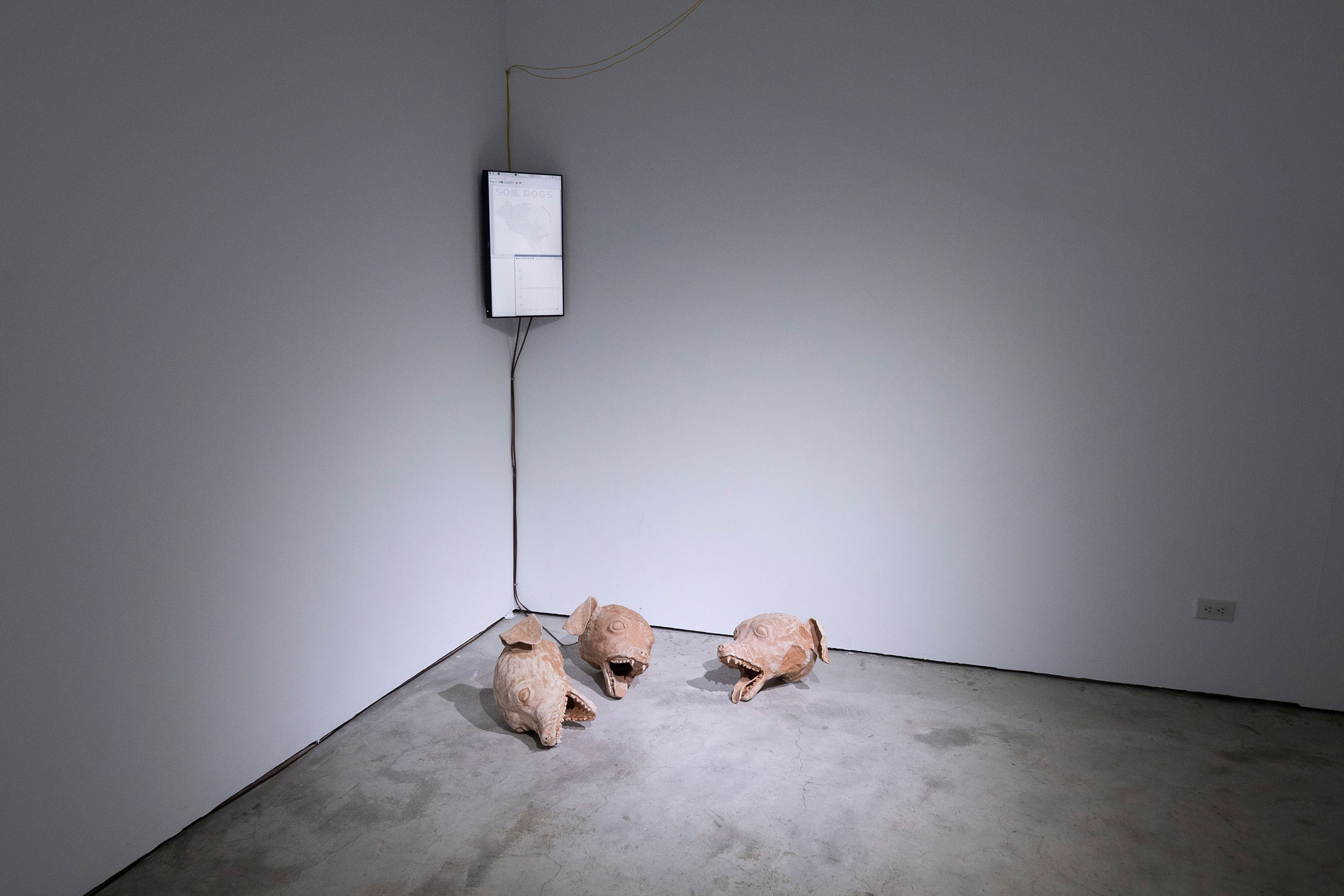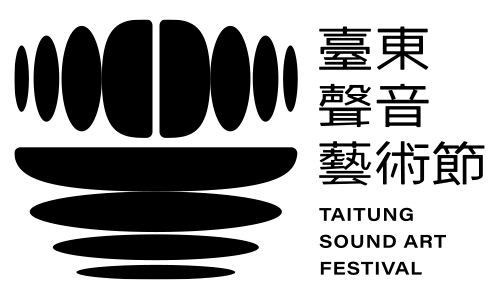Soil Dogs
Throughout human history, different methods of earthquake detection have been explored; from looking at unusual cloud formation to measuring electromagnetic anomalies. Folklore all over the world has shown a tendency to attribute heightened seismic perception to different more-than-human animals, in particular dogs. After almost every major earthquake, anecdotal evidence pops up of unusual behavior like barking, howling, and general unrest among dogs living close to the earthquake’s epicenter. The 1999 earthquake in Taiwan, and the devastating recent earthquake in Turkey and Syria are no exceptions.
With the embrace of indigenous knowledge by the scientific community, more research has been conducted into canine responses to early earthquake warning signs. Recent findings by researchers all over the world have led many to speculate the use of dogs as biosensors to aid in the detection of tectonic movements well before man made instruments can.
The installation “Soil Dogs” by Dutch artist Stef Veldhuis explores the relationship between canines and seismic activity. Through a combination of ceramics, geo-acoustic and electromagnetic recordings, Veldhuis connects the assumed earthquake warning signs to the local soil of Taiwan. A soil that has been shaped and is constantly reshaped by the seismic fluctuation of the island situated on the fault line between the Eurasian and Philippine Sea plates.
The shapes of the ceramic dog heads resemble the gargoyles from Gothic architecture. These sculptures, found mostly on medieval churches, served the purpose of channeling rainwater away from the structure, whilst their monstrous shapes were believed to protect the building from evil spirits.
Stef Veldhuis
Stef Veldhuis, born in 1992, is an artist whose work offers spaces for deep listening that survey the more-than-human perspectives on the world we cohabit. He creates meditative explorations of natural phenomena that occur beyond our perception. The slow, imperceivable processes that make up the earth, ocean, and atmosphere are brought within a human modality, so we too can experience the outersonic, outertactile, and outervisual occurrences that more-than-human actors are aware of.
Duration plays an important role in Stef’s practice. He believes that to understand the vitality intrinsic to more-than-human actors, one must adopt an alternative view of time, since within the perspective of evolutionary time, stone becomes animated. The installation Wadden Organ involves the sonification of the movement and heartbeat of a single mussel living in the Wadden Sea. This organism responds directly to its environment, creating a composition that sways to the ebb and flow of the Wadden Sea. A continuously changing sound field with a non-human duration, brought about by an organism that can potentially become 500 years old.
Stef sees himself as an explorer rather than a source of knowledge. Everything that a work needs is outside of him. All information can be found somewhere in the world. His job is to discover these things and bring them together in a new artistic context. This requires a cultivated, patient, sensory attentiveness to the more-than-human forces operating outside and inside the human body. Through this approach, he aims to offer a unique perspective that fosters profound contemplation and a deeper connection with the world we inhabit.




